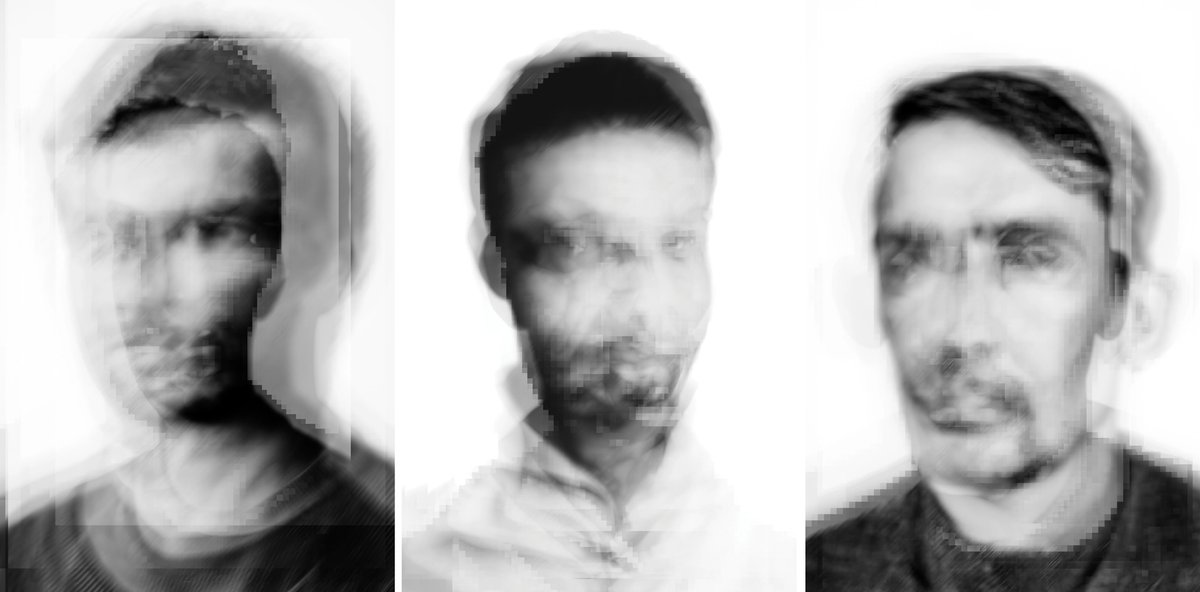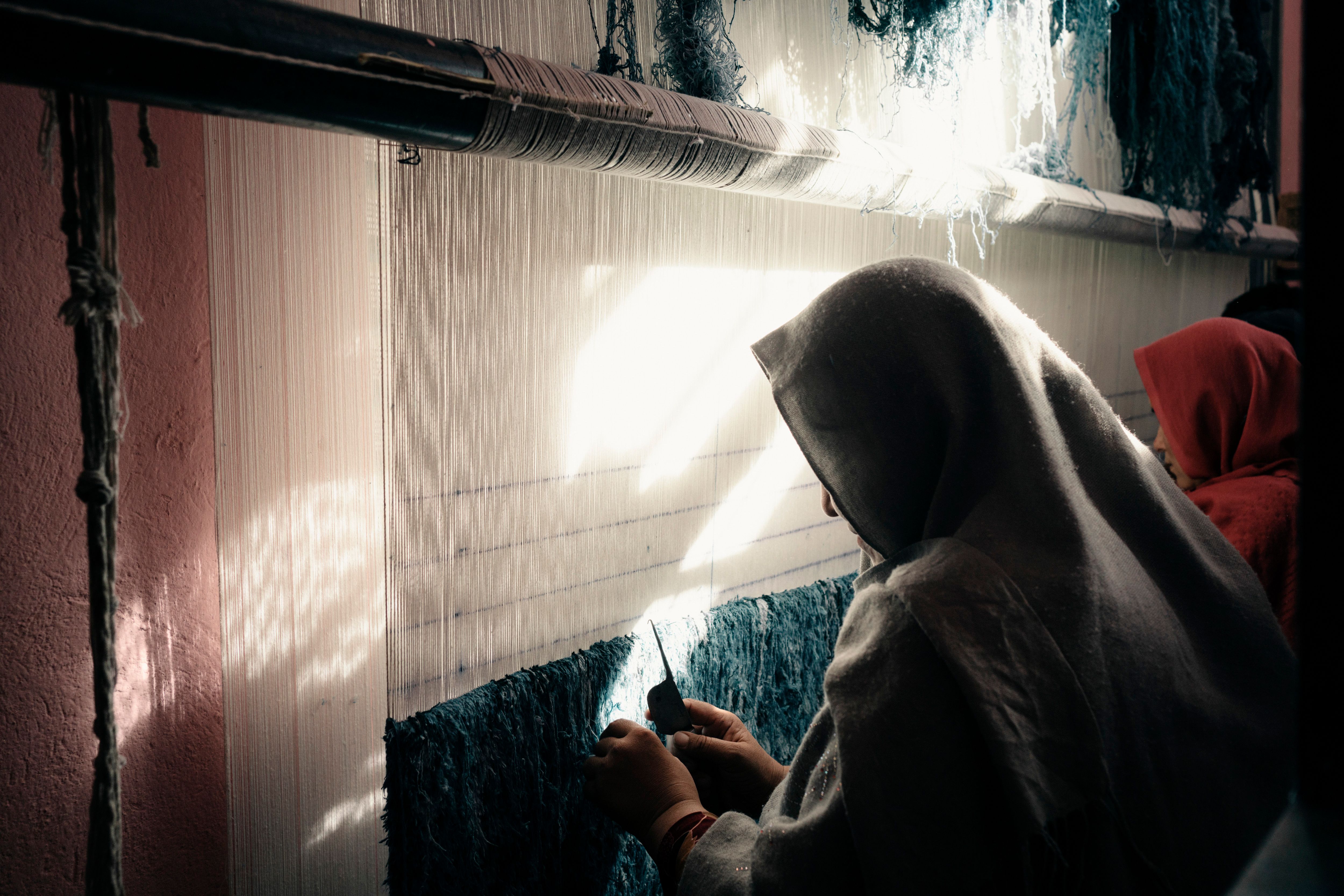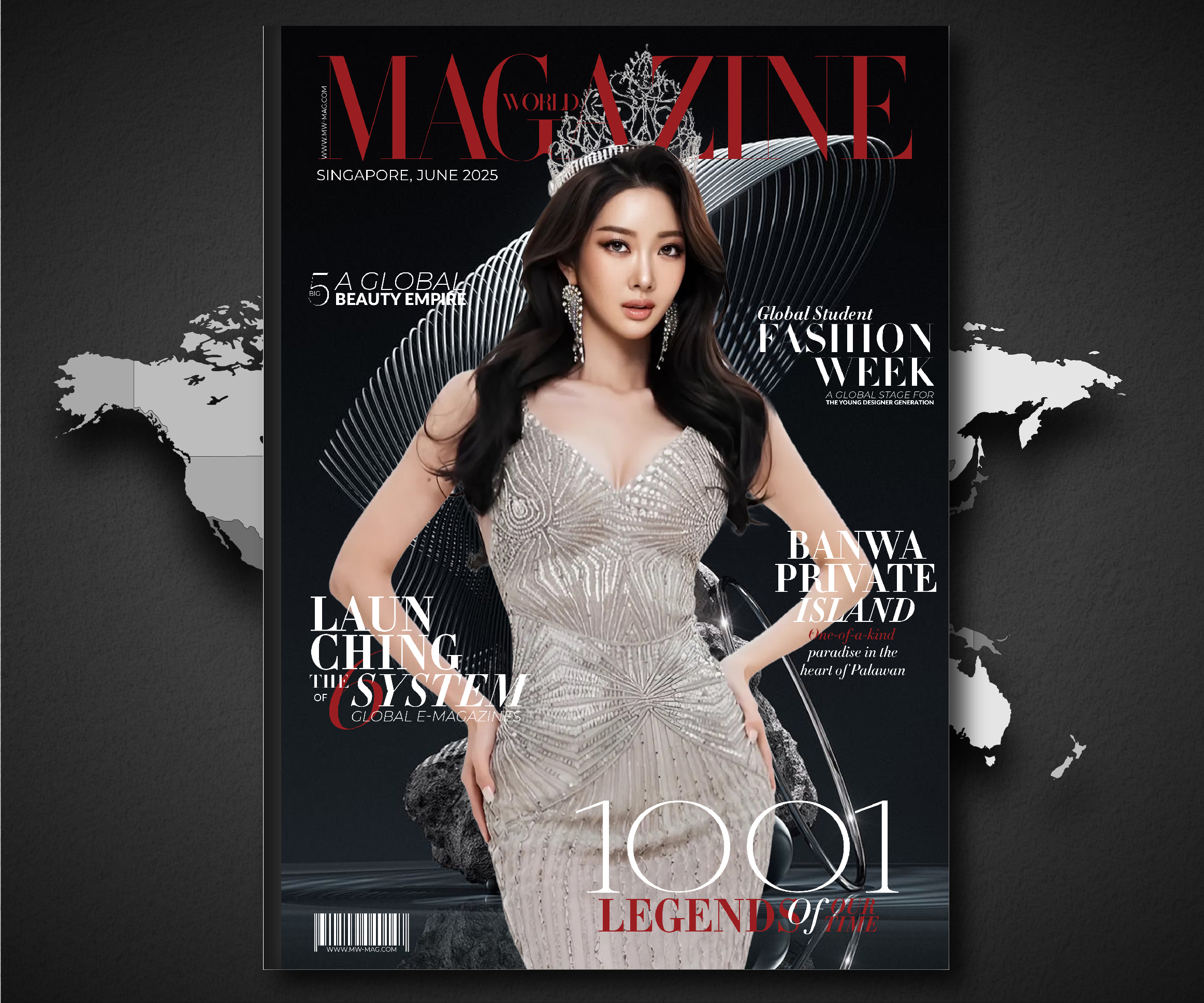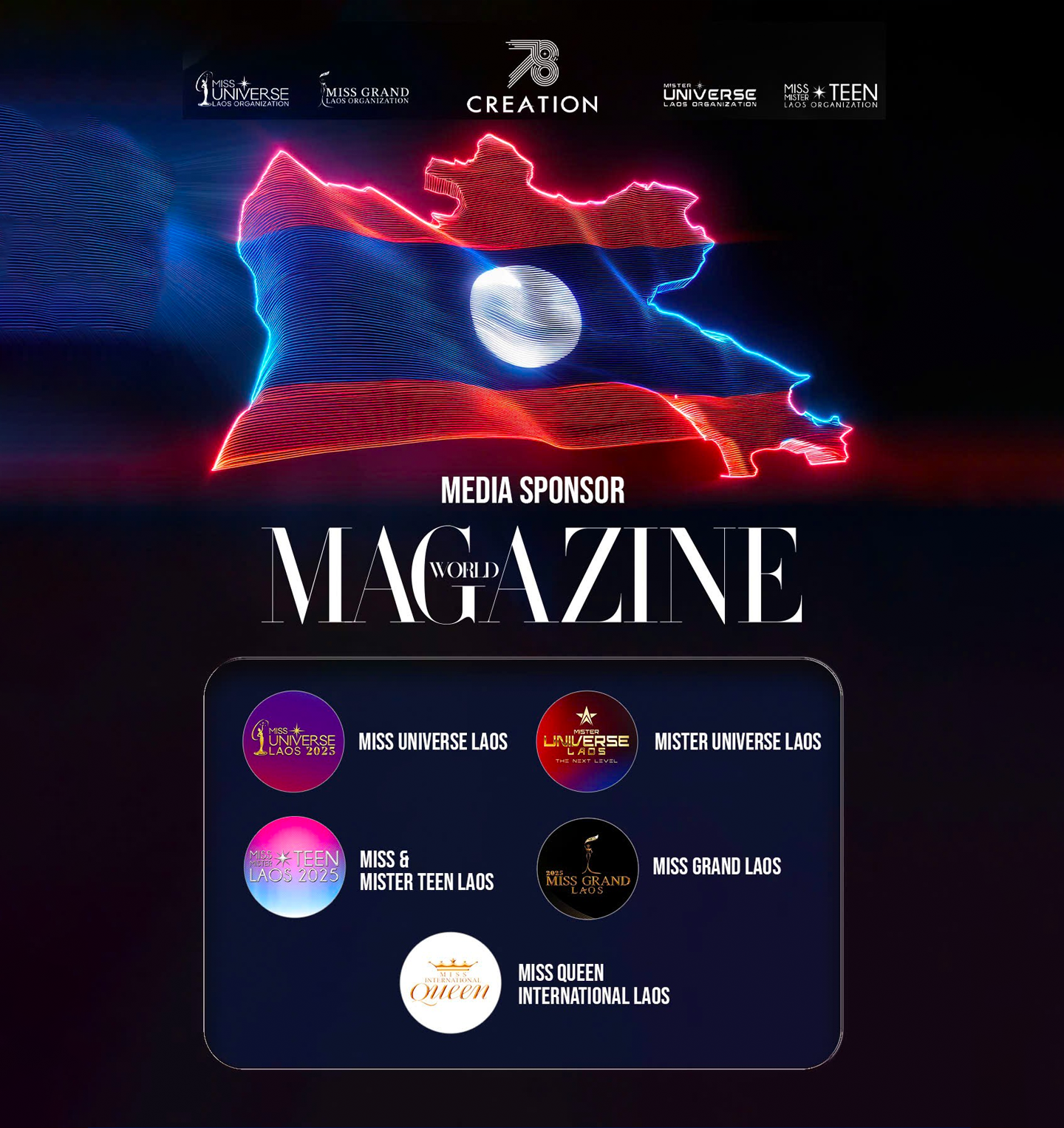The photography series “We Are Here Because You Were There: Afghan Interpreters in the UK” serves as a devastating visual indictment of a Western moral failure. Created by London-based photographer and former British Army officer Andy Barnham, the project honors the service of Afghan interpreters who risked their lives for coalition forces, only to face threats from the resurgent Taliban and a complex, often glacial, asylum process in the nations they served. Barnham’s portraits are not traditional heroic representations. Instead, they employ a highly sophisticated and unsettling technique: the faces of the subjects are deliberately obscured through layering, blurring, and pixelation. This artistic choice is not a stylistic flourish; it is a vital act of protection, safeguarding the identities of individuals who still have family under threat in Taliban-controlled Afghanistan. The resulting images capture an agitated, unsettled energy—a perfect visual metaphor for the trauma, the risk, and the profound, life-altering paradox of anonymity demanded by survival.
The Unconventional Portrait of War’s Aftermath
The conventional portrait in a military context is one of clear-eyed heroism, meant to record and commemorate service with unflinching clarity. Andy Barnham’s “Obscured Portraits” series immediately and deliberately subverts this tradition. The subjects—Afghan interpreters who worked on the frontlines alongside British troops—are undeniably heroes, yet their faces are rendered in a state of visual flux, simultaneously present and absent. This artistic contradiction is the core of the work’s power, reflecting the agonizing duality of their lives.

These interpreters operated in a liminal space, serving as the “tongue and eyes” of Western forces, providing not just linguistic translation but cultural brokerage. Their work was highly visible and embodied a tremendous risk, as the Taliban considers them collaborators deserving of execution. Now resettled in the UK, many face a secondary form of crisis: the psychological burden of their past service combined with the logistical and emotional struggles of asylum. Barnham’s photographic approach—a composite of up to a dozen frames, blurred and merged—visibly inflicts this trauma onto the image. The resulting texture of pixels and overlapping forms creates a visual agitation, an unsettled energy that perfectly translates the psychological and political precarity of the subject.
A Necessary Anonymity: Art as Protection
The technical method behind the obscured portraits is rooted entirely in necessity and ethics. Following the Taliban’s re-establishment of power in Afghanistan, the risk to interpreters and their families—many of whom remain in the country—became acute. Andy Barnham made the critical decision to shield his subjects’ identities, acknowledging the Taliban’s increasing digital literacy and ability to track individuals through open sources. The deliberate obscuring of the faces is a profound act of artistic responsibility, transforming the portrait from a purely aesthetic object into a life-saving layer of security.
Barnham’s process is meticulous, involving compositing up to twelve individual frames of the same subject, each taken from various angles and opacities. He describes the careful balance required: overlay the frames too well, and the subject is identifiable; overlay them poorly, and the result is a visual “mess.” The final artwork is a fine line walked between maintaining the emotional honesty and personality of the interpreter, and ensuring their physical anonymity. This technique not only protects the individual but also serves as a potent political statement, symbolizing the official erasure these individuals have experienced at the hands of the bureaucracy that often hesitates to acknowledge their right to resettlement and safety.
The Deep Entanglement of ‘Here’ and ‘There’
The title of the series, “We Are Here Because You Were There,” is an immediate and powerful political thesis, developed in collaboration with Dr. Sara de Jong, a politics lecturer and co-founder of the Sulha Alliance, an organization campaigning for the interpreters’ rights. The statement explicitly confronts the nations that deployed troops in Afghanistan, refusing to allow them to separate themselves from the ongoing consequences of the conflict. The project argues for the deep, moral entanglement between the ‘here’ of Western safety and the ‘there’ of Afghan risk.

The exhibition pairs Barnham’s unsettling portraits with direct quotations from De Jong’s extensive interviews with 75 Afghan interpreters. These personal narratives illuminate the human stories behind the headlines, sharing their reasons for working with the British military, their experiences on patrol, the death threats they received, and the challenges they face as asylum seekers in the UK. This dual presentation—the obscured image alongside the crystal-clear voice—creates a profound tension. The viewer is prevented from making superficial judgments based on appearance yet is forced to confront the interpreters’ embodied reality and their powerful, undeniable humanity.
Bridging the Divide: Service and Betrayal
Barnham’s personal connection to the subject lends the project a deep layer of empathy and authenticity. As a former Royal Artillery officer who served in Afghanistan and mentored Afghan National Army soldiers, he witnessed firsthand the vital service and shared danger. He notes that many interpreters “wore our uniform” and faced the same threats from IEDs and ambushes as British soldiers. Furthermore, his mother was a war refugee who fled the Viet Cong during the Vietnam War, giving him a powerful, inherited understanding of displacement and the lasting trauma of conflict.
The portrait series serves as a crucial moral counterpoint to the official government stance that often classifies the interpreters as mere “civilian contractors.” For the soldiers who relied on them for survival, the interpreters were comrades who translated more than just language; they provided a vital cultural and political understanding that shaped operational success. The failure of Western governments to adequately and efficiently protect these allies has been widely described as a “moral catastrophe.” By dedicating a major artistic endeavor to their cause, Barnham and de Jong shift the focus from a bureaucratic problem to a profound issue of human solidarity, demanding that the public acknowledge the sacrifice and the subsequent betrayal.
A Legacy of Witness and Advocacy
Ultimately, the “Obscured Portraits” project reasserts the power of documentary art as a tool for political advocacy. By denying the viewer the comfort of a clear gaze, the artist forces a deeper, more challenging form of engagement. The work does not allow for a romanticized view of service; it presents the raw, fragmented reality of what it means to be a cultural broker in a war zone and a suspected security risk in the receiving country.

The images serve as both memorial and manifesto, recognizing the interpreters’ valor while actively campaigning for their continued safety and dignity. The composite, multilayered nature of the images also metaphorically reflects the shifting, complicated identity of the modern refugee—an individual caught between two worlds, simultaneously ‘here’ and ‘there,’ whose past is a badge of honor in one context and a death warrant in another. The legacy of this project lies not just in its powerful visual language, but in its ability to translate a complex geopolitical failure into a singular, unforgettable image of a nation’s invisible heroes.




